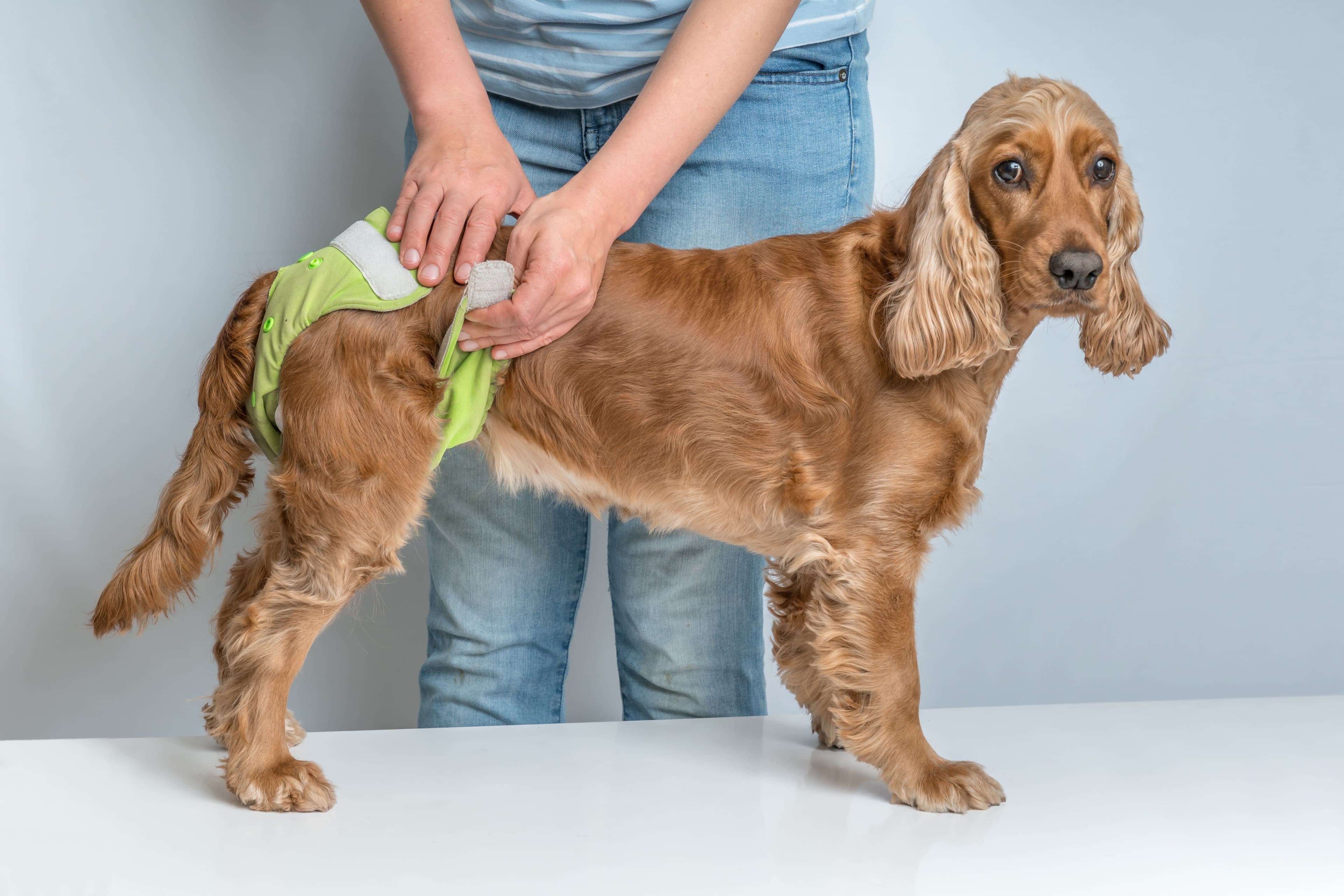Do this if your dog is bitten by a snake
You've probably heard of both people and dogs being bitten by snakes on nice spring and summer days. Thankfully, in Sweden we only have one form of venomous snake, the viper. Two other common snakes found in Sweden are the snook and the hazel snake, these are harmless snakes that have no venom in their teeth, but they can of course be just as unpleasant to experience! Here we tell you more about what to do if your dog is bitten by a snake.
Snakes in Sweden
You can recognise vipers by their appearance, which is slightly different from the other harmless varieties we have in Sweden. Usually the snake is grey or brown-grey and perhaps the most characteristic feature of the snake is the black zig-zag pattern on its back. However, vipers can also be dark, sometimes almost black.
The other two snakes, the snook and the hazel snake, are recognisable because they are usually light grey or brown and usually have a yellowish-white patch on either side of their head. The hazel snake is light brown with spots on its back and has bands along its head that often run across its eyes.
On sunny, hot days, snakes like to lie on warm rocks or in quiet places where the sun is strong. A snake may bite in self-defence if it feels cornered or surprised. However, venom is precious to vipers and they don't really waste it anyway. It's not always the case that vipers inject venom when they bite, some bites can be so-called warning bites, or 'dry bites' and although they can hurt the dog or cat, they are harmless. Never wait to see if the bite develops negative and harmful symptoms on your pet, but if you fear your pet has been bitten by a snake, go to the vet immediately.
Symptoms of snakebite
If your dog is bitten by a snake, it is very likely that you will not have time to see the snake. What is likely to happen is that you will see your dog scream and then jump or run away from where they have been bitten. After being bitten, many dogs quickly become tired and droopy and more dramatic symptoms can occur within 30 minutes. Once the dog has been bitten, it is not uncommon for swelling to occur where the snake has bitten, usually in the nose or leg. It can swell considerably and it can be sore and painful for the dog. If your dog is bitten by a snake, if you inspect the swelling carefully you may sometimes be able to see the bite. The bite looks like one or two small pinprick-like holes.
What should I do if my dog is bitten by a snake?
If your dog is bitten by a snake, the most important thing is to try to keep your dog as still as possible. The more your dog moves, the faster the venom will be pumped into the bloodstream and spread to the rest of the body. Also, leave the bite alone and don't try to touch it, cool it, suck out the venom or do anything else as this can cause the venom to spread faster. Don't try to treat your dog yourself, but if your dog is bitten, see a vet immediately!
It is very difficult to prevent snakebite. Try to be extra vigilant on hot days and make sure you are aware of what to do in case of an accident.






